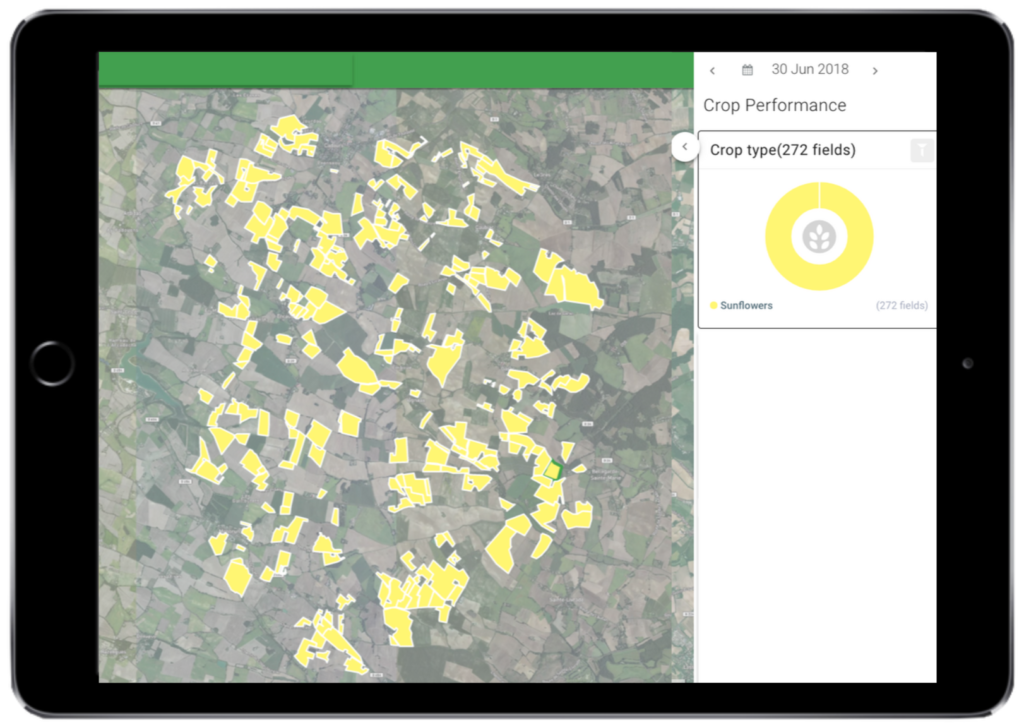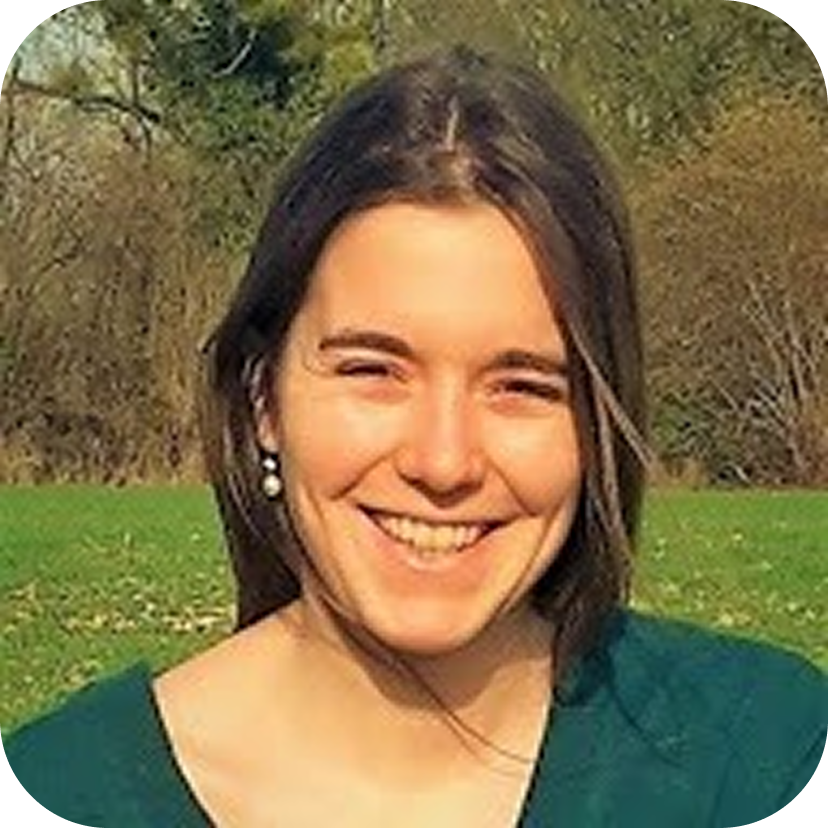One of the major challenges of seed production is to guarantee the purity and quality of the seeds. Seed production fields need to be isolated from the same crop types to avoid cross-pollination between varieties.
What is the challenge?
Standard isolation distance to prevent pollen from one variety contaminating another during the growing cycle are established per crop type. For canola or sunflower, for example, this distance can be up to 3 km radius around the seed production fields.
Seeds production are very high-value crops, that relies on the quality of the seed produced. If a field of the same crop is identified inside the isolation parameter it will have to be destroyed, before it contaminates the lot. Impacted growers will, of course, be compensated for their losses at the expense of the seed producers.
To guarantee crop isolation the common practice is to rely on communication with the growers of the area, to make sure no commercial sunflower will be planted in the radius around the seed production fields. Between seeding and flowering agronomists will also regularly travels the region in search for sunflowers that could impact their production. The earliest the fields will be detected the better since growers might be able to replant another crop after the destruction of sunflowers.
The technology: Automatic crop type detection
Using remote sensing imagery and machine learning algorithm, FluroSense, automatically detect crop types in the region surrounding the seeds production fields. This advanced technic and technology uses weekly available satellite imagery, machine learning based on time series analysis, crop phenology, and weather, to detect as early as possible in the season, the location of the crop types of interest.
The calibration of the algorithm is adapted between regions and crop types on large dataset to optimise the accuracy of the model and the timing of the detection.

How is Crop identification used by seed producers?
Between seeding and flowering, agronomists, receive continuously updated detection maps highlighting the location of commercial sunflower fields. The accuracy of the detection increasing as the season progresses and the number of satellite imagery increases.
This remote analysis has a high added value for seed producers, by increase the quality of the seed production and saving time in monitoring the seed production area.
Summary
Wondering what we can help you improve your processes and be more efficient? Or want to know if FluroSense can assist in solving a more specific challenge or detect other crop types? Get in touch to get a FREE evaluation for your project!



